Upholstered furniture is a universal piece of furniture and is present in an absolute number of interiors. It is convenient, has an attractive appearance and provides a comfortable stay.
But upholstery of upholstered furniture with its regular use is often subject to all kinds of pollution. Timely cleaning of products at home will help return objects to their original appearance and significantly extend their service life.

Ways
To clean upholstered furniture from dirt, dry and wet processing methods, dry cleaning, as well as work with a steam cleaner are used. The choice of method depends on the intensity and area of contamination, as well as on the material from which the product is made. When using the dry method it is necessary to initially clean the fabric from small mechanical debris: hair, villi, thread and dust. This can be done with a medium-hard brush or vacuum cleaner. Glossy and shabby places should be rubbed with salt or fine sandpaper.
In cases of severe attrition, a piece of refined sugar or semolina is suitable.
Cleaning with salt and semolina should be done using a cotton pad, replacing it as necessary. A greasy or oil stain is sprinkled with ground chalk or starch and after half an hour it is cleaned with a brush. Use the brush carefully - so as not to damage the pile and do not put puffs on the fabric.
If the upholstery material is sufficiently vulnerable to mechanical stress. it’s better to use a vacuum cleaner. Knocking out furniture also applies to dry processes.

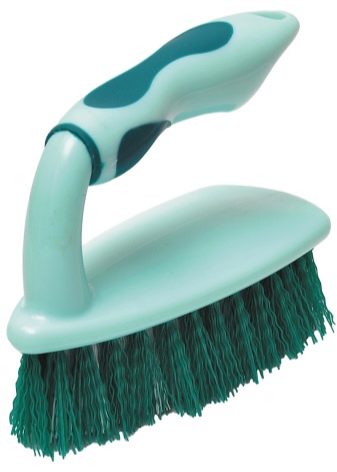
The wet method allows for deeper and better cleansing and helps to cope with extensive and old pollution. When using this method, remember that excessive wetting of the surface is unacceptable. Moisture that has penetrated deep inside the soft elements can cause mold, fungus, pathogens and cause rotting of the material. The essence of the wet method is that a foamy composition is applied to the surface of the upholstery and, after a certain time, is removed using a sponge, brush or vacuum cleaner.
The most effective way to clean furniture at home is to use a steam cleaner. It is recommended to produce it at least once every three months. This method allows you to clean the upholstery from surface contamination, to completely disinfect the filler, to rid the furniture of insects and to refresh the brightness of the colors of the upholstery fabric.
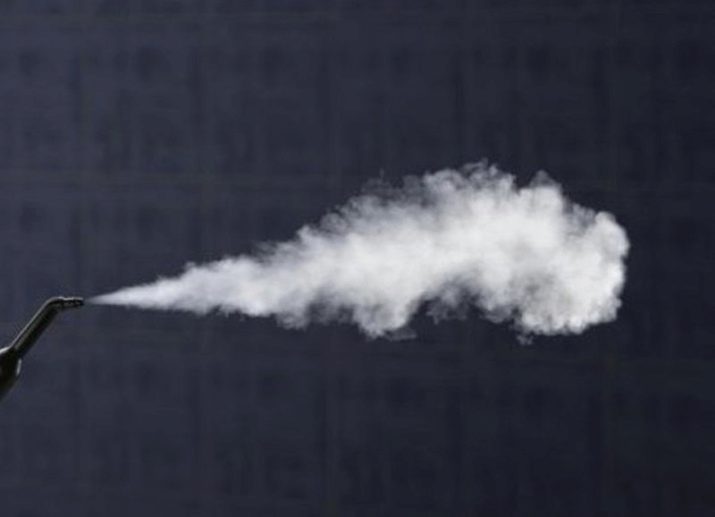
Funds
Cleaning upholstered furniture at home can be done using folk methods and household cleaning products. When choosing special chemical compounds, it is necessary to pay attention to the type of fabric upholstery and to what type of contamination - chemical or biological. Also follows carefully read the instructions for use. There are both general-purpose solutions with which regular processing of furniture is carried out, and specialized products designed to remove stubborn stains and old pollution.
Funds are available in the form of sprays, tablets, powders, aerosols and gels. The most common are Sama, Denkmit and Gallus, they are quite effective and have many positive reviews.
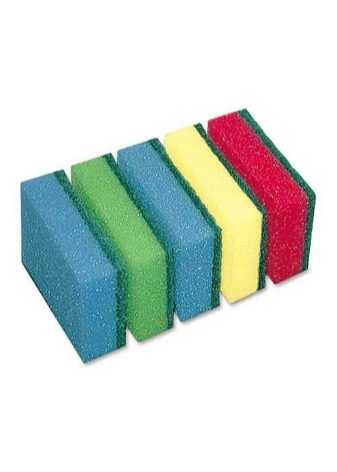
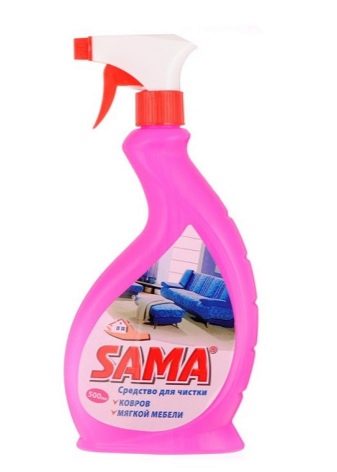
The use of home remedies is required in those cases when people with allergic reactions to chemicals are present in the house. The most common upholstery cleaners are soda, salt, citric acid, ammonia and vinegar. To remove strong impurities, you need to mix a tablespoon of salt and two tablespoons of diluted vinegar and ammonia. Mix the resulting mixture thoroughly until the salt is completely dissolved, and wetting the sponge or soft brush in the resulting solution, quickly clean the upholstery fabric. It is very important to prevent excessive moisture and try to wipe the cleaned surface as soon as possible with a damp, clean cloth and then with a dry cloth.
Very effective is a solution consisting of a liter of water, 50 grams of salt and 5 tablespoons of vinegar. For general tissue cleaning, moisten a soft cloth in this solution and wipe the surface with quick movements.
A good remedy is soapy water made from laundry or liquid soap. This solution copes with fresh impurities and significantly refreshes the material. Cotton fabric, which is processed, should be periodically rinsed under running water. You can also use a mixture prepared from shampoo and bath foam. The components are taken in equal quantities and beat well. Such a composition does not penetrate deep into the filler and perfectly cleans the upholstery.
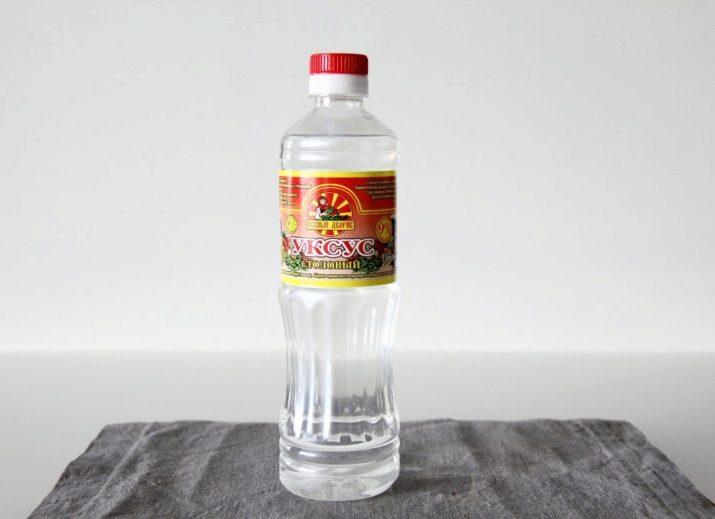
Before using any product, you must test it on the inside of the furniture and wait for it to dry completely. Mixing household compounds with household cleaning products is unacceptable. This can cause chemical reactions between the components, which will lead to the appearance of stains and white spots.
How to remove stains?
There are many proven ways to get rid of stubborn stains and old pollution. Along with industrial stain removers, which can slightly discolor the place where the removed stain was located or leave whitish contours, simple and affordable home remedies are often used. Their use will not cause difficulties and will not require significant costs. Old stains are well removed. nylon brushes, and with a sponge you can remove freshly planted wet contamination. Cleaning should be carried out from the edges of the spot to its center, this will avoid the appearance of contours of remote contamination.
For example, wax droplets can be carefully scrubbed off, and a napkin can be applied to the remaining stain and ironed with an iron. The wine stain should be sprinkled with plenty of salt and left for a while. After the salt absorbs the remaining liquid, it is necessary to wet a clean, lint-free cloth in an alcohol-containing liquid and wipe the contaminated area. Liquids containing perfumes and fragrances should not be used. The fabric absorbs the smell, and the furniture will smell like perfume for a long time. It is better to use alcohol or vodka.
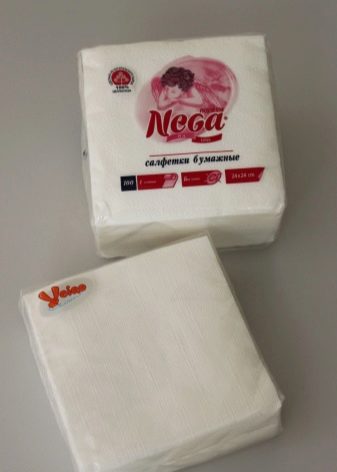
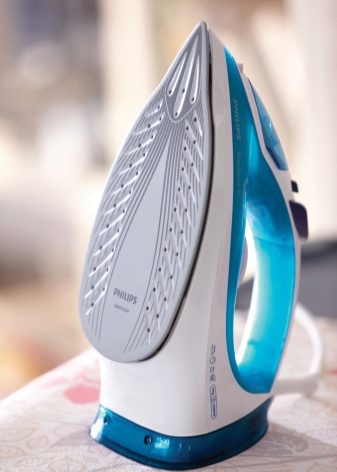
To remove the chewing gum, as well as the stain left from it, you need to put ice cubes in a plastic bag and cover the chewing gum. After it freezes, the remains are easily scraped off without leaving a trace.
Tea, coffee or cocoa that has just been spilled onto light furniture upholstery must be washed off immediately with warm water and any detergent, being careful not to over-moisten the fabric. It is better to do this by repeatedly getting wet, and then quickly remove moisture with a dry membrane towel.
You can also use a mixture of water, vinegar and dishwashing detergenttaken in equal amounts. Beer stains are well eliminated with a soap solution. Fruit juice will help to remove a solution of water, vinegar essence and ammonia, taken in a ratio of 2: 1: 1. The composition is applied to the contamination and left to dry completely. Then the stain is treated with a wet towel dipped in warm clean water and wiped dry.

Traces of blood from the sofa and chairs can be cleaned with a solution prepared from a glass of water and a tablet acetylsalicylic acid.
It is also permissible to use a mixture consisting of a liter of water and thirty grams of table salt. The dried cream, bar-corrector, plasticine residues or grease should be cleaned with a damp, hard brush, after dipping it in soda. Then the stain should be slightly moistened and plentifully covered with salt, chalk or starch. If the stain is fresh and still wet, then it is not necessary to wet it additionally.

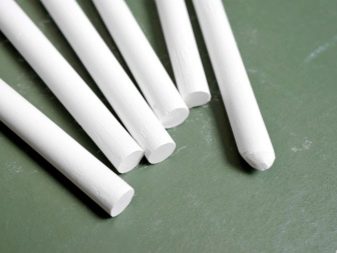
Old greasy stains are removed using a mixture that consists of 2 tablespoons of vinegar essence, 1 tablespoon of soda, 2 tbsp. tablespoons of washing powder without a whitening effect and a liter of warm water. The components are mixed until a homogeneous composition is obtained, the solution is poured into a spray bottle and sprayed onto contamination. Then, using a dry sponge, the stain is cleaned, the composition is removed with warm water and the surface is wiped dry. You can use a hairdryer to dry the furniture.
You can clean the upholstery from traces of jam and chocolate with warm water and liquid dishwashing detergent. Processing should be carried out with a medium hard brush, after which the material should be washed with clean water and wiped with a dry cloth. Contamination from a ballpoint pen and lipstick is removed with a 10% alcohol solution, followed by rinsing with clean water and drying. Stains from berries and fruits are well cleaned with a mixture of vinegar and ammonia, taken in equal parts.
Green stains are the most difficult and difficult to remove pollution. There are several ways to get rid of such spots, but none of them gives a 100% guarantee.
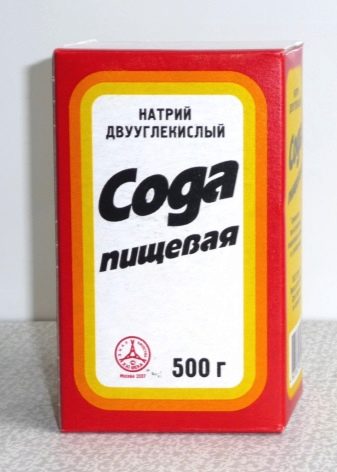
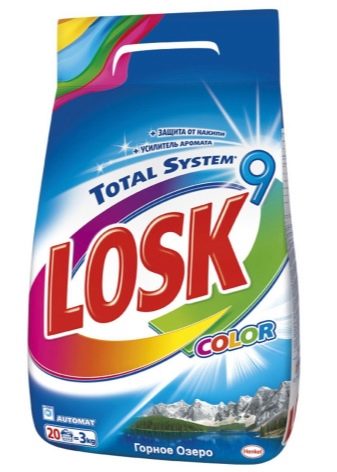
The most rational is the use of household stain remover.
If cleaning does not work, you can try to wipe off the stain 10 percent ammonia solution, which is applied to the contamination and gets wet with a clean cloth.
Can also be applied to stain. pulp from starch and waterleaving it to dry completely. After that, the product must be removed with a hard brush. Instead of starch, you can use washing powder, but in this case, the surface will need to be rinsed with clean water after removing the composition.
The use of chlorine bleaches is not recommended. This will lead to the formation of whitish spots, which can no longer be entered.
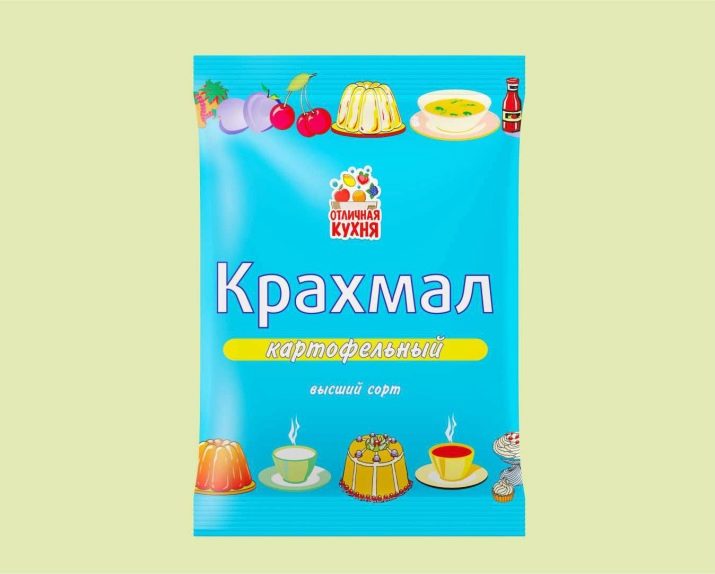
With leather upholstery
Leather upholstery is easily cleaned with 10 percent medical alcohol, which is applied to the stain and left for 10 minutes. After time, the surface must be wiped with a cloth dampened in clean water and wiped dry. In this way you can wash fingerprints, oil, greasy stains, traces of a pencil, felt-tip pen and marker. After processing, the leather surface can be wiped with lemon, and then apply a special cream, if not available, you can use the usual hand cream. When removing stains from leather furniture, remember that the material does not like excessive moisture and must be wiped dry after every cleaning.
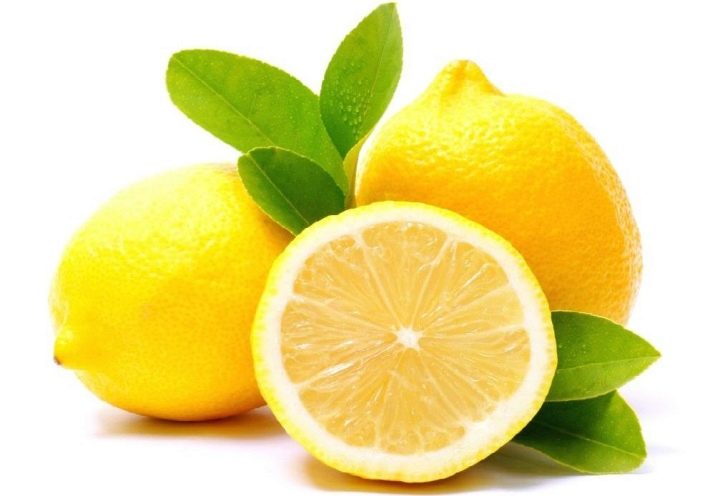
With velor fabric
Upholstery from materials such as nubuck, velor, suede and flock is cleaned against pile. For dry cleaning, you can use a rubber brush or a hard cloth. Using a vacuum cleaner is not recommended because of the risk of damaging the pile. General regular processing is carried out with soapy water, followed by rinsing with warm water and drying the upholstery material. Pile materials pass water well, therefore cleaning should be done as quickly as possible, which will prevent excessive moisture and will not let water into the filler.
Grease is removed from the velor using a microfiber cloth pre-moistened and slightly soaped.
Stains from cosmetics and ink are removed with an alcohol solution, and fresh coffee and wine stains are sprinkled with powder and cleaned gently.

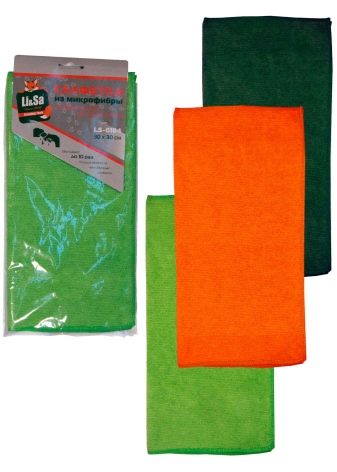
To remove old pollution it is better to use a steam generator or a steamer. This will effectively wipe the surface and will not spoil the pile.
Dust free
Dust removal from upholstered furniture should be carried out regularly - at least once every two months. This will help prevent the appearance of dust mites and eliminate the risk of dust allergies. Cleaning is carried out using a vacuum cleaner or mechanical knocking and exhausting. For the knockout procedure, you need to prepare a solution of a liter of water, 50 grams of table vinegar and the same amount of salt. The components are thoroughly mixed until the salt crystals are completely dissolved. Then, in the resulting solution, you need to moisten and squeeze the cotton sheet, cover it with a chair or sofa and begin to exhaust it. This method will allow you to deeply clean the filler and prevent dust from flying around the room.
When using a vacuum cleaner, the nozzle can be wrapped with wet gauze, after wetting it in a solution of a liter of water and 35 grams of salt. This procedure will refresh the color and remove difficult stains. For velor, velvet and other pile fabrics, vacuuming is not suitable.

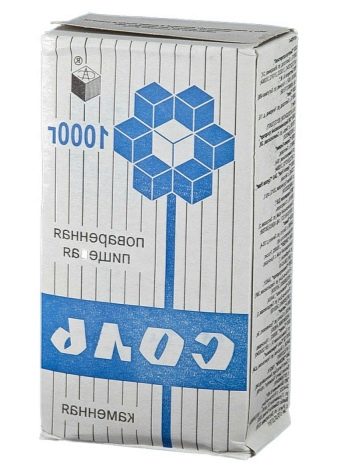
Remove the smell
The smell of upholstered furniture can be removed with a washing vacuum cleaner and shampoo. For lack of technology, you should use a solution of water and vinegar, taken from the calculation of 50 g of essence per 1 liter of water. In the resulting composition, you need to moisten the napkin and cover it with the desired area. Vinegar will remove an unpleasant odor and itself will disappear in 2-3 days. Instead of vinegar, you can use citric acid, which removes even the smell of ammonia. You can also use carpet cleaners that contain special additives to remove bad odors.
Care Tips
In order for upholstered furniture to serve for a long time and not lose its original appearance, it is necessary to regularly clean it from dust and surface contaminants. During operation, it is recommended to use covers and capes. This will prevent the quick attrition of the upholstery fabric and protect it from contamination. Wash covers as necessary, but at least once a month. Natural wraps are washed at 40-45 degrees, and products from synthetics, velvet and velor - at 35.
If removable pillows are included in the set of upholstered furniture, they must be peeled out regularly, and dried in the open air in the summer, covered with a thin cotton sheet. This will not allow ultraviolet rays to affect the fabric and protect it from street dust.
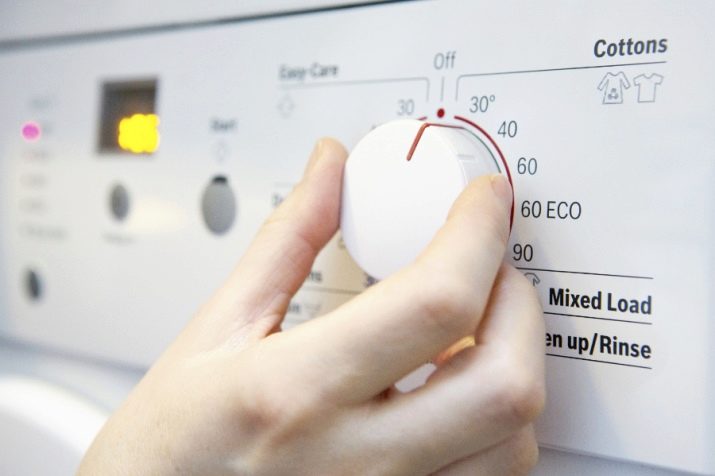
Unpolished wooden elements such as armrests, backs and legs should be regularly cleaned from dust, and polished surfaces should be rubbed with polish. Leather furniture must be periodically moistened with specialized means and not be placed near heating appliances. This will allow the skin to maintain elasticity for a long time, not dry out and not crack. Wipe such products with a slightly moistened or dry cloth.
Regular and timely cleaning, respect and proper operation of products will significantly extend the life of upholstered furniture and maintain its original appearance.
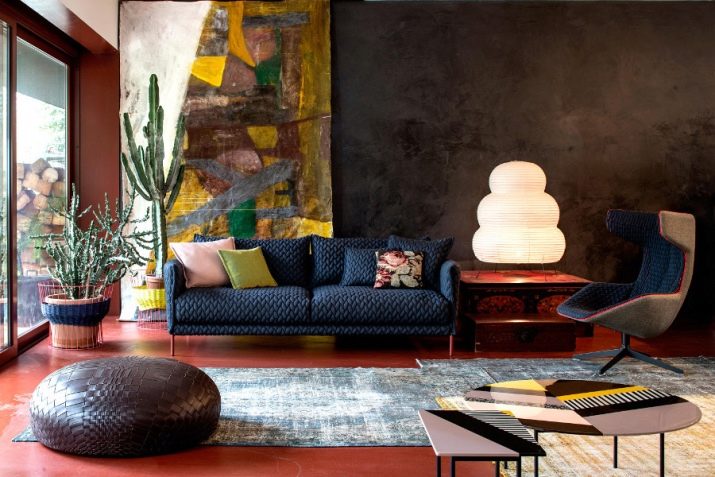
See how to clean upholstered furniture without a lot of financial investment in the next video.










